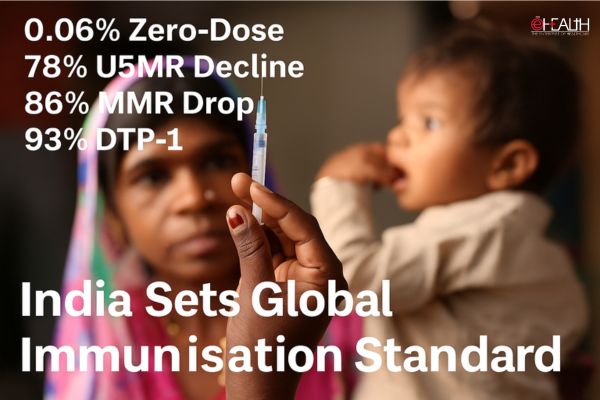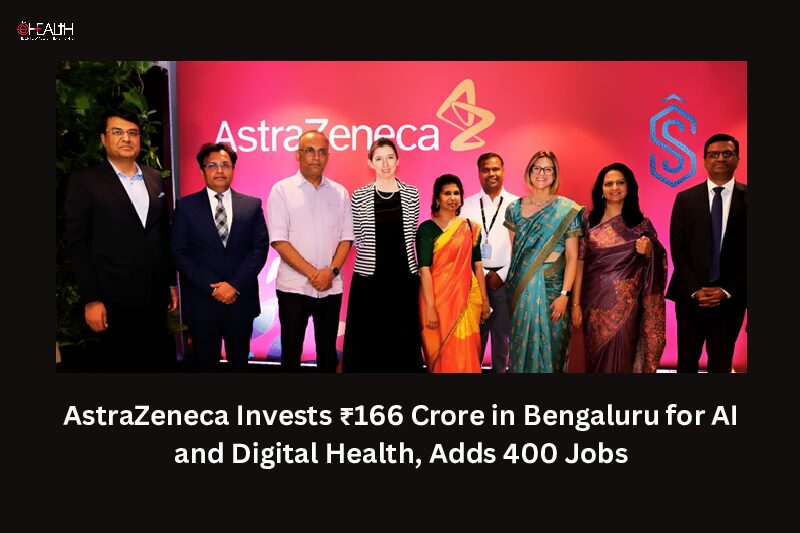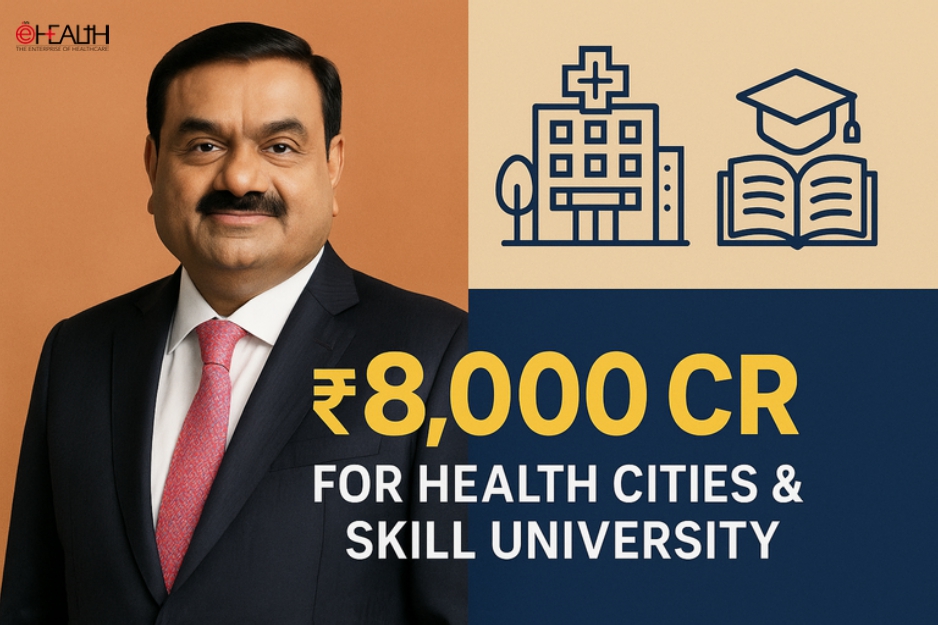
The Infant Mortality Rate (IMR) in India has reduced by 58 per cent between 1990 and 2015, which is 9 per cent higher than the global decline in IMR during the same period, Minister of State for Health and Family Welfare Faggan Singh Kulaste said on Friday.
In a written reply to the Lok Sabha, the Lower House of Parliament, Kulaste also said that full immunisation coverage improved from 43.5 per cent in 2005 to 62 per cent in 2015 and mortality due to tuberculosis has reduced from 76 per 1,00,000 in 1990 to 32 per 1,00,000 in 2015.

Explaning the efforts being undertaken by the government to combat IMR and increase vaccine coverage under the National Health Mission (NHM) — India’s flagship health sector programme to revitalise rural and urban healthcare sectors — the minister listed various government initiatives focusing on improving mother and child care.

“Low performing districts have been identified as High Priority Districts (HPDs) which entitles them to receive high per capita funding, relaxed norms, enhanced monitoring and focused supportive supervisions and encouragement to adopt innovative approaches to address their peculiar health challenges,” Kulaste said in his reply.

The government is also making efforts to control manufacturing and distribution of spurious drugs in the country through both the Central Drugs Standard Control Organisation (CDSCO) and the state drug regulators.

A large number of samples of drugs from all over the country are picked up by regulators and sent for testing and analyses in the laboratories of the government laboratories. “In a few cases, the samples tested and analysed do not meet the prescribed standards. The details of the drugs that do not meet the standards are immediately notified by the central or state regulator concerned,” he said.
“The government is committed to ensuring that the quality, safety and efficacy of drugs are not compromised. With this in view, the government has taken a series of measures including strengthening legal provisions, workshops and training programmes for manufacturers and regulatory officials and measures such as risk based inspections,” the minister said.
The manufacture, sale and distribution of drugs in the country are regulated under the provisions of Drugs and Cosmetics Act, 1940 and Rules, 1945. Licenses for manufacture, sale and distribution of drugs are granted by the State Licensing Authorities (SLAs) appointed by respective state governments. SLAs are legally empowered to take stringent action against violation of provision of the Act and Rules including product recall.
Be a part of Elets Collaborative Initiatives. Join Us for Upcoming Events and explore business opportunities. Like us on Facebook , connect with us on LinkedIn and follow us on Twitter , Instagram.
"Exciting news! Elets technomedia is now on WhatsApp Channels Subscribe today by clicking the link and stay updated with the latest insights!" Click here!
















